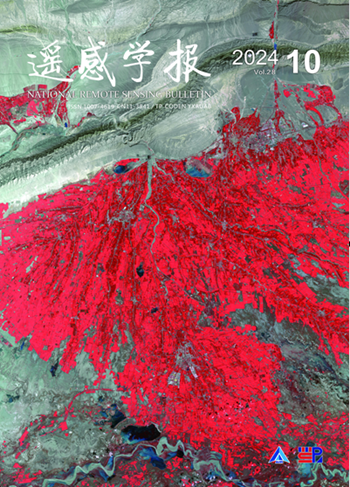基于激光雷达、夜间灯光和POI数据的建筑物人口估计新方法
引用次数: 19
摘要
建筑物级别的人口数据在灾害管理、国土安全和公共卫生方面至关重要。遥感数据,特别是激光雷达数据,可以测量三维形态信息,已被证明可用于精细规模的种群估计。然而,使用激光雷达数据进行种群估计的研究注意到,由于种群分布的不平衡特征,激光雷达衍生的形态指标与种群之间存在非平稳关系。在本文中,我们提出了一个框架,通过集成POI数据、夜间照明(NTL)数据和激光雷达数据来估计建筑级别的人口。建筑物体最初是使用激光雷达数据和航空照片得出的。然后,从激光雷达数据、罗家1-01 NTL数据和POI数据中分别提取了三类建筑级特征,包括几何特征、夜间光强特征和POI特征。最后,建立了一个训练有素的随机森林模型来估计每栋建筑的人口。选择中国上海市黄浦区对所提出的方法进行验证。估算结果与参考数据的比较表明,该方法在建筑和社区层面都取得了良好的精度。NTL辐射强度在住宅区与人口呈正相关,而在办公区和商业区与人口呈负相关。我们的研究表明,通过整合从激光雷达数据中获得的三维形态信息和从POI和NTL数据中提取的人类活动信息,可以提高建筑级人口估计的准确性。本文章由计算机程序翻译,如有差异,请以英文原文为准。
A New Method for Building-Level Population Estimation by Integrating LiDAR, Nighttime Light, and POI Data
Building-level population data are of vital importance in disaster management, homeland security, and public health. Remotely sensed data, especially LiDAR data, which allow measures of three-dimensional morphological information, have been shown to be useful for fine-scale population estimations. However, studies using LiDAR data for population estimation have noted a nonstationary relationship between LiDAR-derived morphological indicators and populations due to the unbalanced characteristic of population distribution. In this article, we proposed a framework to estimate population at the building level by integrating POI data, nighttime light (NTL) data, and LiDAR data. Building objects were first derived using LiDAR data and aerial photographs. Then, three categories of building-level features, including geometric features, nighttime light intensity features, and POI features, were, respectively, extracted from LiDAR data, Luojia1-01 NTL data, and POI data. Finally, a well-trained random forest model was built to estimate the population of each individual building. Huangpu District in Shanghai, China, was chosen to validate the proposed method. A comparison between the estimation result and reference data shows that the proposed method achieved a good accuracy with at the building level and at the community level. The NTL radiance intensity was found to have a positive relationship with population in residential areas, while a negative relationship was found in office and commercial areas. Our study has shown that by integrating both the three-dimensional morphological information derived from LiDAR data and the human activity information extracted from POI and NTL data, the accuracy of building-level population estimation can be improved.
求助全文
通过发布文献求助,成功后即可免费获取论文全文。
去求助
来源期刊

遥感学报
Social Sciences-Geography, Planning and Development
CiteScore
3.60
自引率
0.00%
发文量
3200
期刊介绍:
The predecessor of Journal of Remote Sensing is Remote Sensing of Environment, which was founded in 1986. It was born in the beginning of China's remote sensing career and is the first remote sensing journal that has grown up with the development of China's remote sensing career. Since its inception, the Journal of Remote Sensing has published a large number of the latest scientific research results in China and the results of nationally-supported research projects in the light of the priorities and needs of China's remote sensing endeavours at different times, playing a great role in the development of remote sensing science and technology and the cultivation of talents in China, and becoming the most influential academic journal in the field of remote sensing and geographic information science in China.
As the only national comprehensive academic journal in the field of remote sensing in China, Journal of Remote Sensing is dedicated to reporting the research reports, stage-by-stage research briefs and high-level reviews in the field of remote sensing and its related disciplines with international and domestic advanced level. It focuses on new concepts, results and progress in this field. It covers the basic theories of remote sensing, the development of remote sensing technology and the application of remote sensing in the fields of agriculture, forestry, hydrology, geology, mining, oceanography, mapping and other resource and environmental fields as well as in disaster monitoring, research on geographic information systems (GIS), and the integration of remote sensing with GIS and the Global Navigation Satellite System (GNSS) and its applications.
 求助内容:
求助内容: 应助结果提醒方式:
应助结果提醒方式:


